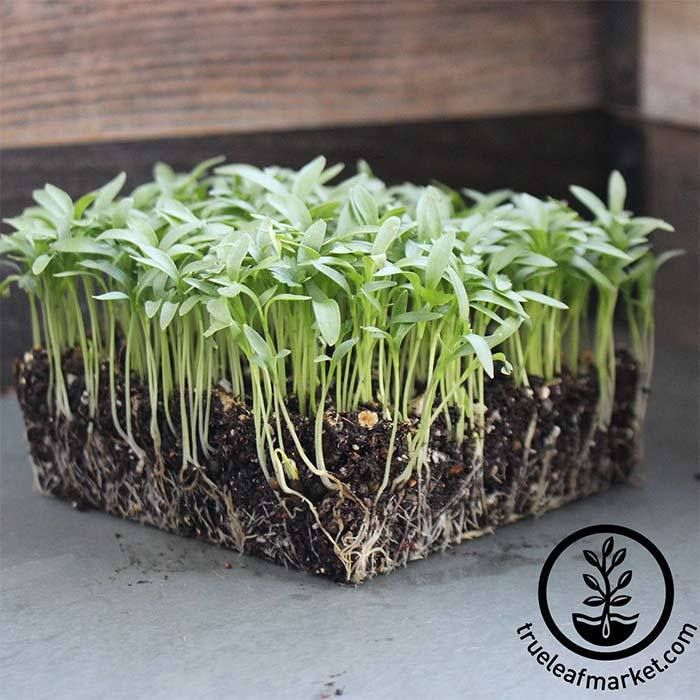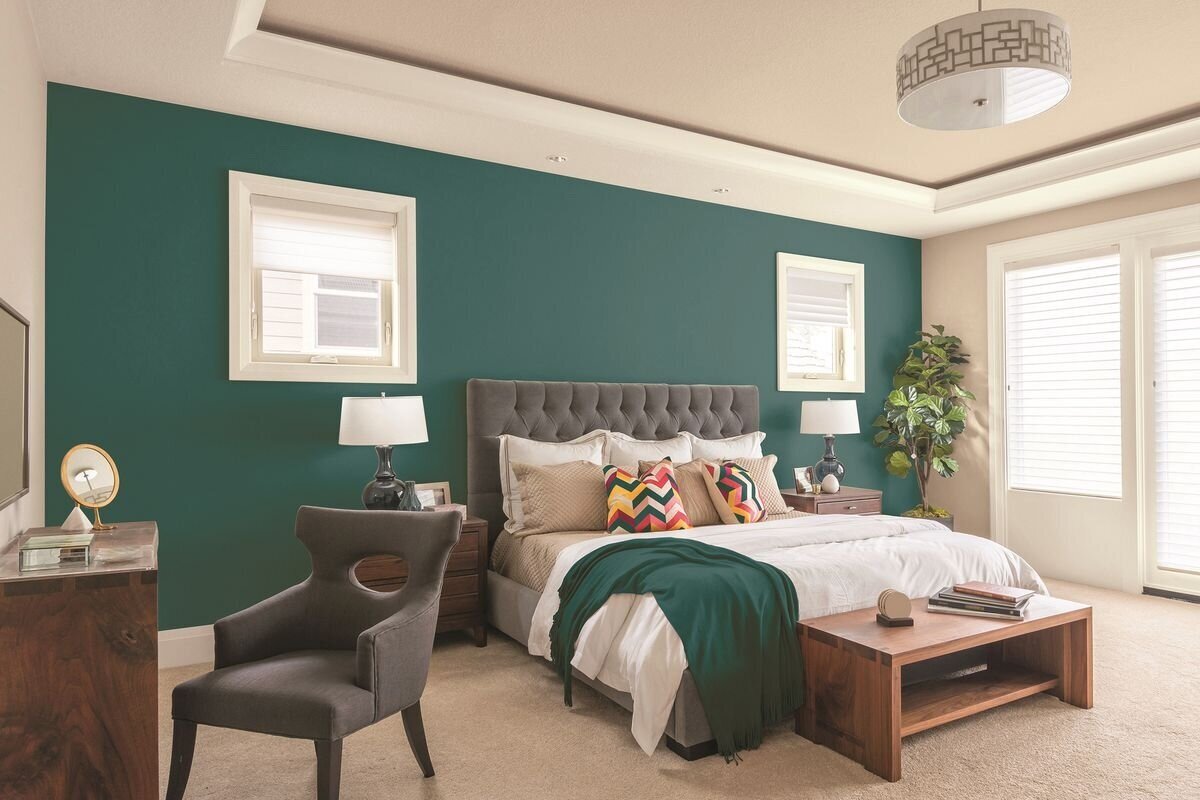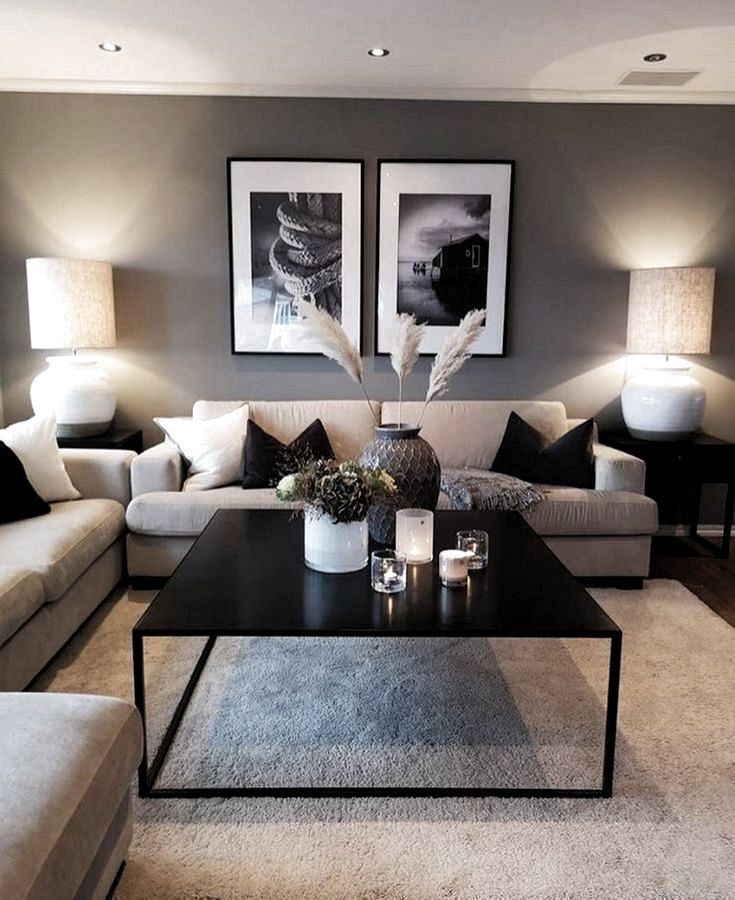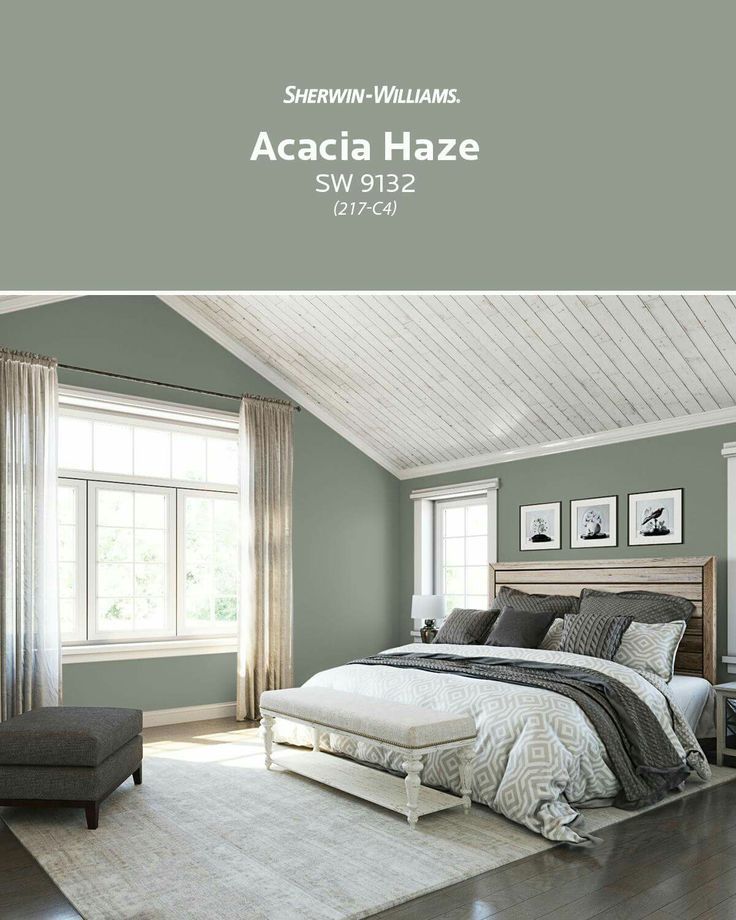Interior styling tips
10 of the best interior styling tips | BOWERBIRD Interiors
Where should you turn for the best interior styling tips?
Buy a truckload of design magazines, seek inspiration from dreamy Instagram feeds or hit up that one friend who always seems to have the latest decor? As with most things in life, it’s always a good idea to ask the experts. And with a 95% rate of successful return on investment for Styled to Sell, we have a few interior styling tips to share…
1. Do more with less
Clutter is the enemy of all good interior styling. While it’s tempting to display every piece of decor that takes your fancy, interior stylists know how to edit. If in doubt, we follow the Coco Chanel rule: “Take one thing off”. (We know she was talking about fashion, but the point still stands!). Clearing the clutter will help you feel calmer, and buying less “stuff” will certainly be easier on your wallet, too.
2. Never choose style over function
That low-lying divan sofa you love may look incredible, but if you won’t be able to relax on it after a long day, leave it in the furniture store. At BOWERBIRD Interiors, although aesthetics are key, they never get in the way of a functional space. After all, feeling cosy in your own home is essential.
3. Seek inspiration
Even the most experienced interior stylists look outwards for inspiration before they start a project. Compile online mood boards or scrapbooks, follow your favourite styling companies on Instagram or Pinterest and look for ideas in unexpected places. For example, we might springboard a whole design scheme off a single artwork or the property location.
4. Look to the light
Interior stylists are like moths, always attracted to the light and looking for a good lamp. An abundance of light will help your home look bigger and will brighten the ambience. This is particularly important if you have a smaller property, but trust us when we say that a luminous, breezy scheme is timeless. Improve the light in your home with white paint, good-quality bulbs and sheer curtains.
5.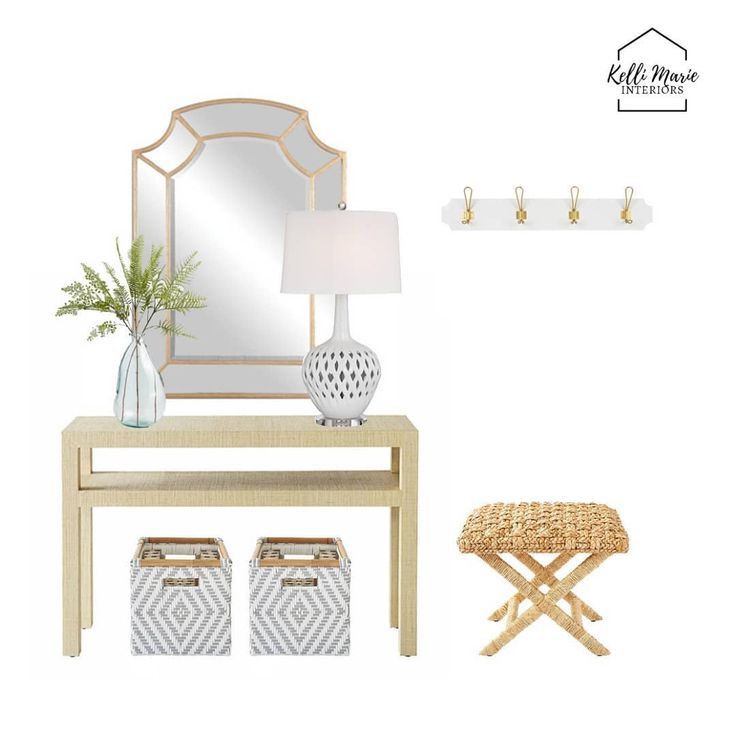 Stick to natural materials
Stick to natural materials
Plastic surged into popularity in the Seventies and ever since, cheap and flimsy furniture has decorated landfill. Natural materials last longer, look better and have a more positive environmental footprint. Luckily, raw textures such as rattan and timber are stylish, and you don’t have to spend a fortune to get some stunning pieces that will last you many years.
6. Mix and match
It’s always a good idea to have a concept to be inspired by when choosing furniture, decor and paint colours. But don’t be afraid to diverge from your theme, or even mix two different themes together. You’ll often see us blend minimalism and coastal chic, for example. Start by choosing what you like and you’ll be surprised how well different styles merge.
7. Know your colour theory
Choosing a colour for your home is much more than just selecting your favourite colour. After all, even if you are obsessed with canary yellow, you might not want to be surrounded by it at all times of the day.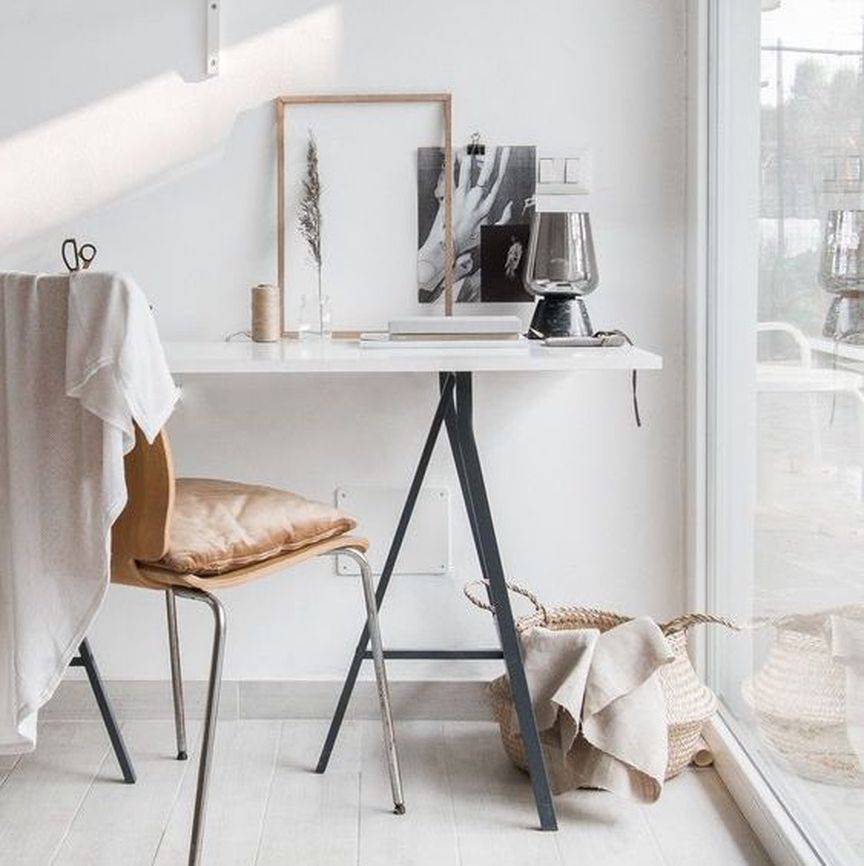 Colours affect your mood, so think about the kind of feeling you’d like to evoke in your new home and go from there. If you want to promote tranquility, opt for shades of blue or green. Conversely, choose warm reds or oranges for an energising effect.
Colours affect your mood, so think about the kind of feeling you’d like to evoke in your new home and go from there. If you want to promote tranquility, opt for shades of blue or green. Conversely, choose warm reds or oranges for an energising effect.
8. Don’t spend big on trends
We can all get swept up in a big craze as it takes over Instagram feeds, design magazines and department stores. However, these trends often burn too brightly and become dated just as quickly as they sparked. That doesn’t mean you can’t buy a trendy item that takes your fancy, but we recommend sticking to smaller pieces (such as cushions, throws and ornaments) which are easier and cheaper to swap out than big furniture.
9. Go green
One thing that won’t go out of style is sustainability. Interior stylists are prioritising the use of environmentally-friendly materials and energy-saving bulbs. Another way to help the planet is, of course, to grow plants. House plants help to elevate your interiors and oxygenate the air in the process.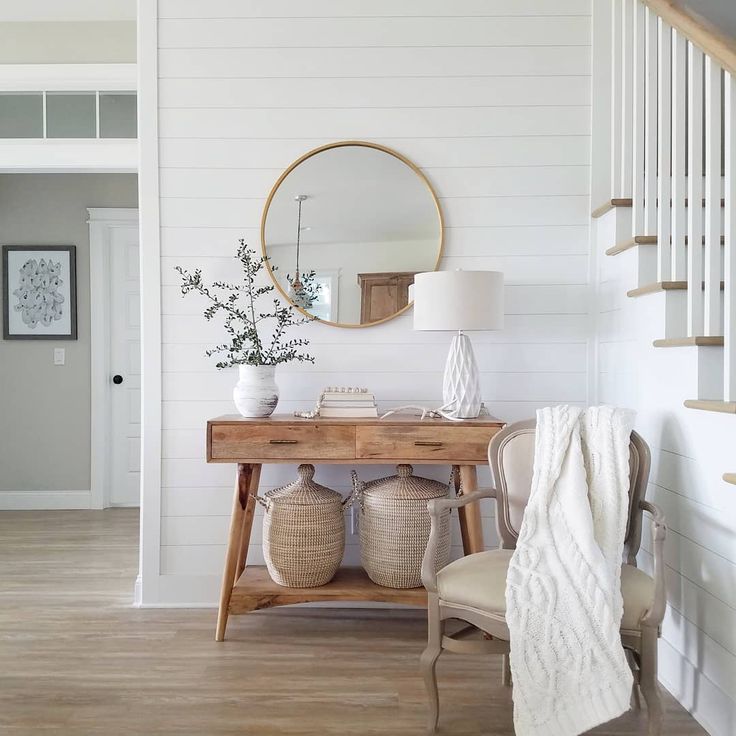
10. Don’t buy anything you don’t love
We understand the impatience that comes with styling your home. You just want it to be perfect now! Our final piece of advice is – don’t rush it. Sort out the big ticket items such as beds, sofas and tables, and collect the accessories as you go. If you’re not totally mad about an item, it doesn’t belong in your home.
Speak to our experienced team to find out more about our styling services, and how we can make your interiors shine. Drop us a note at [email protected] or call us on 02 9531 2233.
52 Decorating Tips Straight from Interior Designers
Decorating a home can be an incredibly fun process—but it can also be a daunting one. After all, there are tons of decisions to make. There are walls to paint and rooms to furnish. And there's a fair amount of hardware, décor, and upholstery to pick out, too.
Thankfully, you're not alone in your quest to craft a stunning space. There are tons of interior designers who have done what you're trying to do, and many of them are more than happy to give you advice.
There are tons of interior designers who have done what you're trying to do, and many of them are more than happy to give you advice.
To help you navigate your home décor project, we asked interior designers to share some of their favorite decorating tips with us—and they delivered. So, whether you're giving your home a quick makeover or tackling a full-blown renovation, you're bound to find the inspiration you need to get started, take the next step, or finish up your project.
Katie Hodges Design
When decorating a space, many people start by committing to a palette. But Richard Petrie, interiors expert at Thomas Sanderson, recommends putting this step off until much later in the process.
“Don't choose your color scheme before you move in,” he says. Instead, stock up on essentials—like rugs, upholstered furniture, and more—and let them inform your palette.
Becca Interiors
No room is complete without a light fixture. In fact, according to many designers, no room is complete without at least three light fixtures.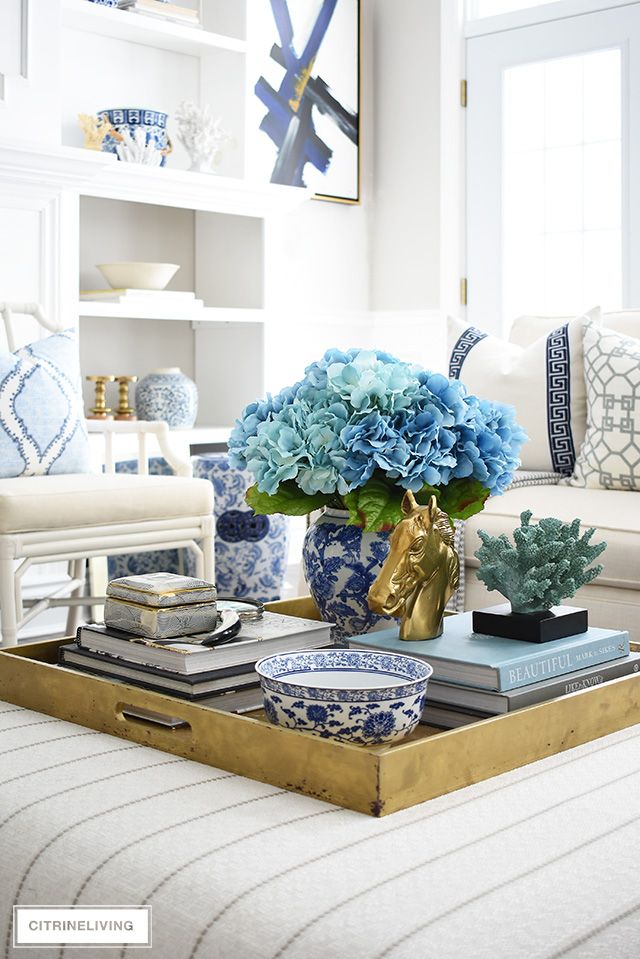
“Many people don't pay enough attention to their lighting,” Amy Bell, interior decorator at Red Chair Home Interiors, says. “Living rooms and bedrooms should have at least three light sources in addition to the overhead light.”
Mary Patton Design
Statement-making pieces can take a home from simple to striking, but snag too many, and you may overwhelm your space. One rule of thumb to follow? Put a single showstopper in every room.
“Create one design focal point, like a fireplace surrounded by large format tiles, a gorgeous stair carpet runner, or a kitchen tile backsplash,” Nichole Abbott, interior designer at FLOOR360, says.
Proem Studio
Trends can be incredibly tempting. But talk to any designer, and you’ll hear the same advice: Focus on what you love—not what everyone else loves.
“Don't follow trends. They come and go,” Alice Chiu, principal at Miss Alice Designs, says. “If you keep it simple and decorate with items you love, your space will stand the test of time. ”
”
Katie Martinez Design
When decorating, break down the room into a few different layers. Your base layer should include your biggest furniture—the pieces you’ll take with you from home to home. Your second layer includes smaller furniture. And your third layer includes textiles and accessories. Since these layers are more flexible, you might swap them out as you move from home to home.
“Always make sure a room has layers,” Charli Hantman, interior designer and owner of August Black Interior Design, says. “Core pieces—like a sofa, cocktail table, and rug—ground the space. Secondary options and accessories—like side tables, decorative objects, textiles, and art—are the elements that transition a house to a home.”
Liljencrantz Design
When laying out your furniture, be sure to give yourself and your guests plenty of room to move around—designers call this circulation.
“People always want their furniture to fit. But, you don't want a room to feel crowded or cause traffic jams,” Elyse Moody, kitchen design expert at Designer Appliances, says.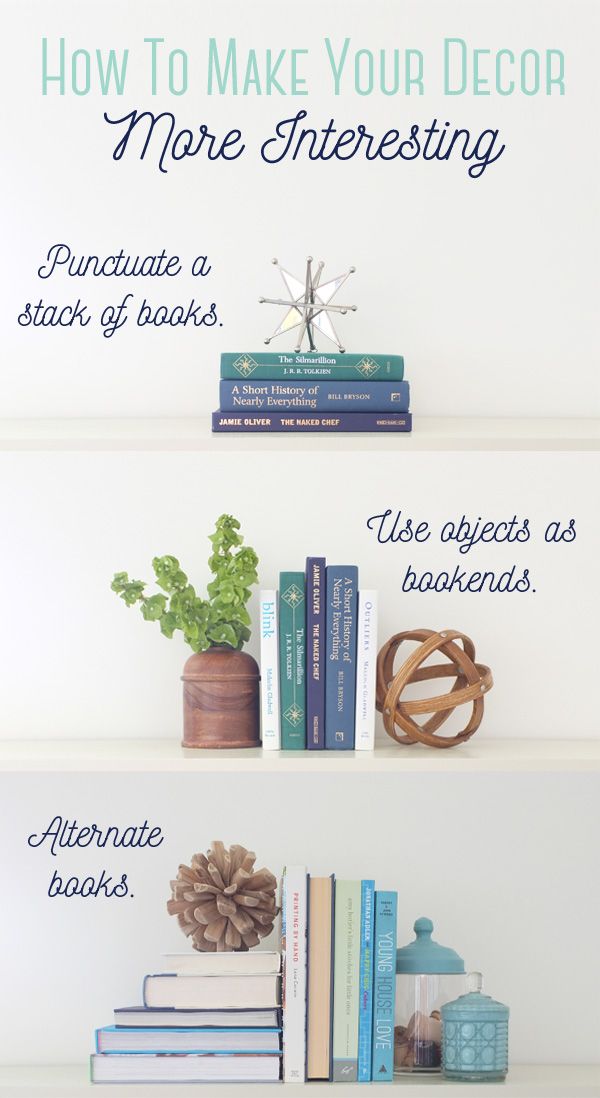 “When you have sufficient circulation, a room just feels more comfortable to be in.”
“When you have sufficient circulation, a room just feels more comfortable to be in.”
She recommends leaving a 4-foot-wide walkway between larger pieces of furniture, and leaving 14–18 inches of breathing room between smaller pieces of furniture.
Post Company
Most designers will tell you to edit down your stuff, but that doesn’t have to mean going all-in on minimalism. “For me, 'less is more' is less about minimalism than it is about curation,” Mona Ying Reeves, founder of Bay Area design firm Re:modern, says. “When you bring more intention into curating a space through décor choices, you end up with spaces that have meaning, feel authentic, and outlive passing trends.”
So don’t force yourself to get rid of stuff just to get rid of it. Instead, focus on buying—and making space for—items you love.
Bespoke Only
Don’t be afraid to go big with some pieces and small with others. “It's important to play with different proportions,” Hantman says.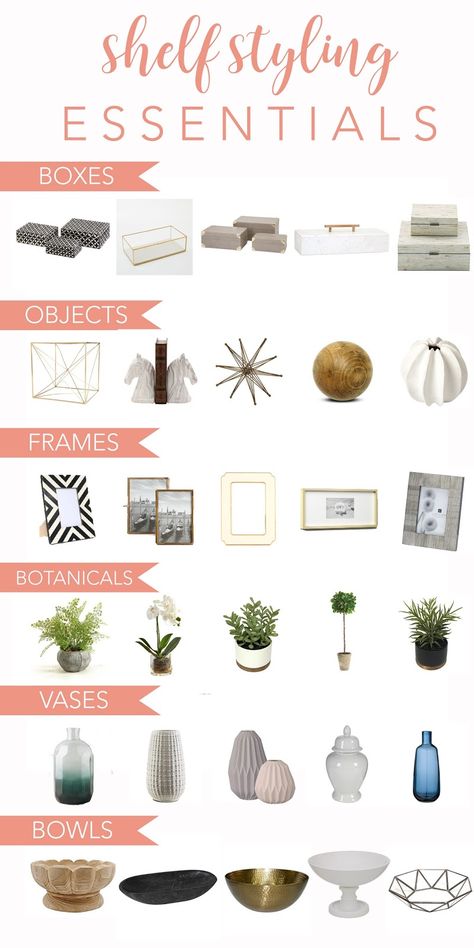 “Proper scale has the power to completely transform a space. There needs to be synergy and tension between the different elements in a room.”
“Proper scale has the power to completely transform a space. There needs to be synergy and tension between the different elements in a room.”
Jen Pinto, senior interior designer at Jackson Design and Remodeling, notes that this rule won’t just add drama to your space—it will also keep it from getting too cluttered.
“Many people are afraid of big accessories, lighting, or furniture because they think it will overwhelm the space. But in many circumstances, their items end up being too small,” she says. “To compensate for their mistake, they will often add more items to fill the space, which can lead to the space looking more cluttered.”
Design: Yael Weiss Interiors, Photo: Nicole Cohen
The phrase is actually “measure twice, cut once.” But according to designers, “measure twice, buy once” is a motto worth heeding.
“Always know the size of your room before you make any changes in your décor,” Michael Helwig, interior designer at Michael Helwig Interiors, says. Measure your ceilings, your walls, your floors—and any pieces of furniture you plan to keep around.
Measure your ceilings, your walls, your floors—and any pieces of furniture you plan to keep around.
“There’s nothing worse than having a sofa, rug, or lighting in the wrong size,” Betty Brandolino, interior designer at Fresh Twist Studio, says. The most common design mistake she sees homeowners make? Buying items that are too small for a given space.
LeClair Decor
One underrated way to make your space more versatile? Stock up on pieces that can do more than one thing.
“My favorite piece of advice is to design your living room to be flexible,” interior designer Esther Dormer says. Use trays to turn ottomans into small tables, and snag pillows that can double as plush floor seating. Additions like these can help you optimize your space—making it even more functional and livable.
11 Storage Ottomans That Are as Stylish as They Are Functional
Tyler Karu
Balancing tons of different colors can get intimidating—especially if you’re a first-time decorator.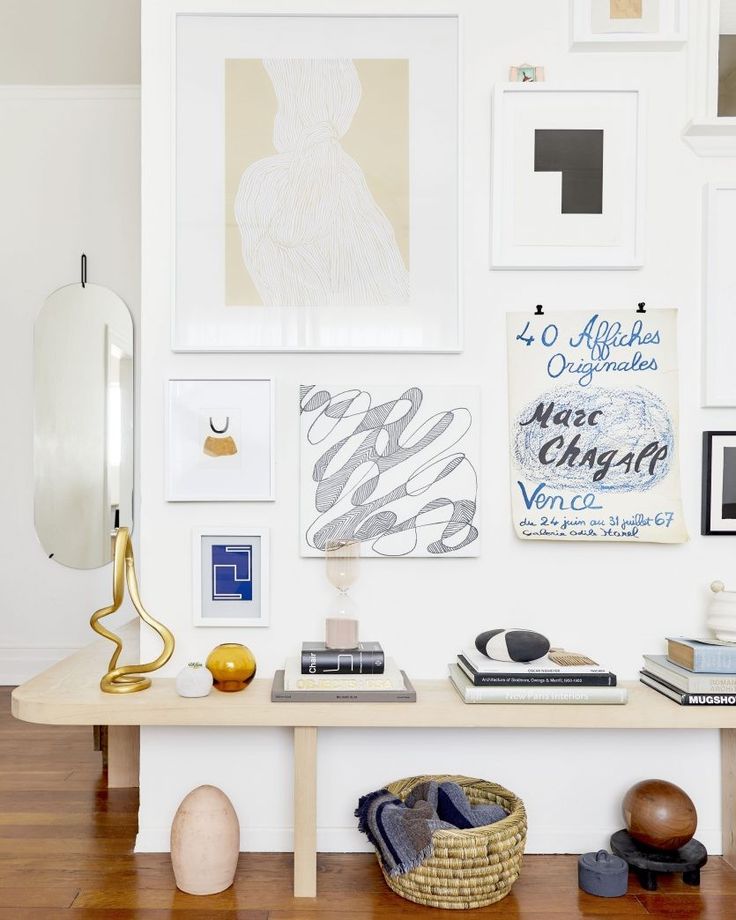 And that’s exactly why Becc Burgmann, director and founder of Becc Burgmann Interior Design and Decorating, Sydney, recommends using only cool colors or only warm colors.
And that’s exactly why Becc Burgmann, director and founder of Becc Burgmann Interior Design and Decorating, Sydney, recommends using only cool colors or only warm colors.
“When starting out, don’t mix warm and cool colors, as finding the right balance can be really tricky,” she says. “If you’re choosing new cushions, choose cushions that are all variations of cool colors (for example, blue hues) or warm colors (for example, reds and yellows).”
Sire Design
Art can transform a space. But according to Holly Witten, owner of Holly Witten Designs, you might be hanging yours too high.
“Lower your artwork,” she says. “Unless accommodating a piece of furniture underneath it, art should hang about 60–62 inches from the floor.” Why? That will keep your art at eye level for most people.
Design: Mindy Gayer, Photo: Vanessa Lentine
If you’re planning to fill your home with wood, consider keeping your wood stains simple and streamlined.
“The number of stains out there is overwhelming,” Kylie Bodiya, interior designer at Bee's Knees Interior Design, says.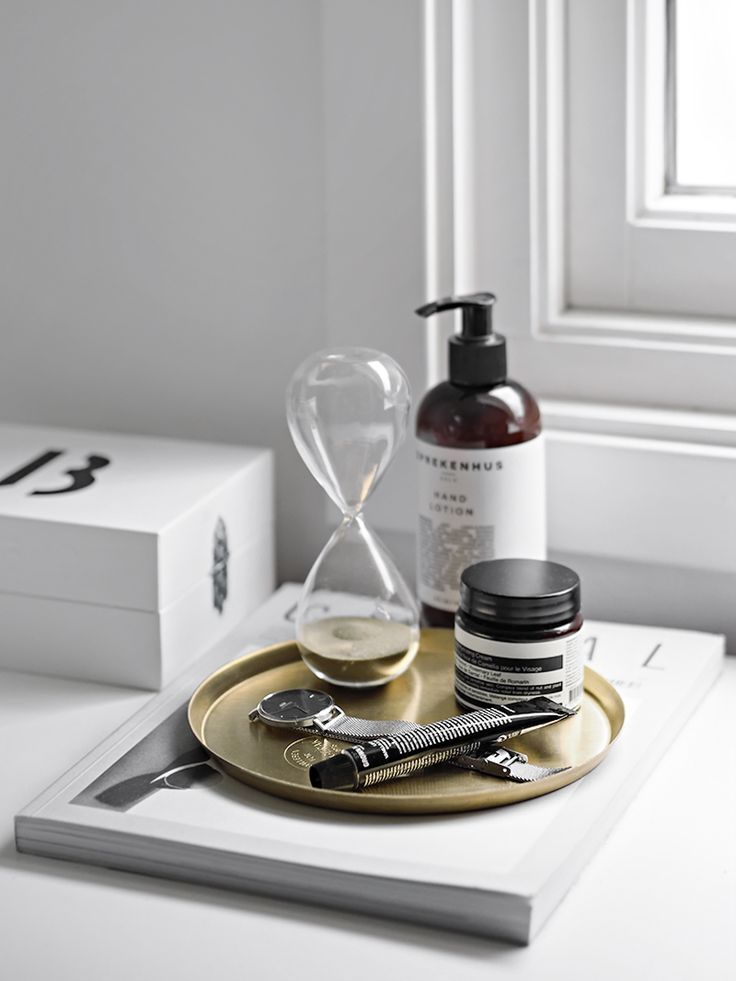 “But if you choose one that has an orange or red undertone, it can throw off the entire room.” By sticking with something timeless, you’ll end up with a space that’s easier to decorate—this is particularly important for rooms with hardwood floors or wood-lined walls.
“But if you choose one that has an orange or red undertone, it can throw off the entire room.” By sticking with something timeless, you’ll end up with a space that’s easier to decorate—this is particularly important for rooms with hardwood floors or wood-lined walls.
And be sure to keep your stains consistent from room to room, too. “If you have mismatching stains, it's just going to throw the entire design off,” Bodiya says.
Jenn Pablo Studio
Contrary to popular opinion, your furniture doesn’t need to be placed directly against your walls.
“The room will actually look bigger with the furniture toward the middle,” James Kalim, founder and CEO at Only Silent, says. “I love this bit of advice because it is counterintuitive. But when followed, there is a wow moment upon full realization.”
Erin Williamson Design
When designing a space, many of us pay attention to our walls and our floors. But your ceiling deserves some love, too.
“Adding wallpaper or a dramatic paint color can make a ceiling come alive,” Andrea Harvey Hysmith, owner and lead designer at ASH Antiques and Design, says.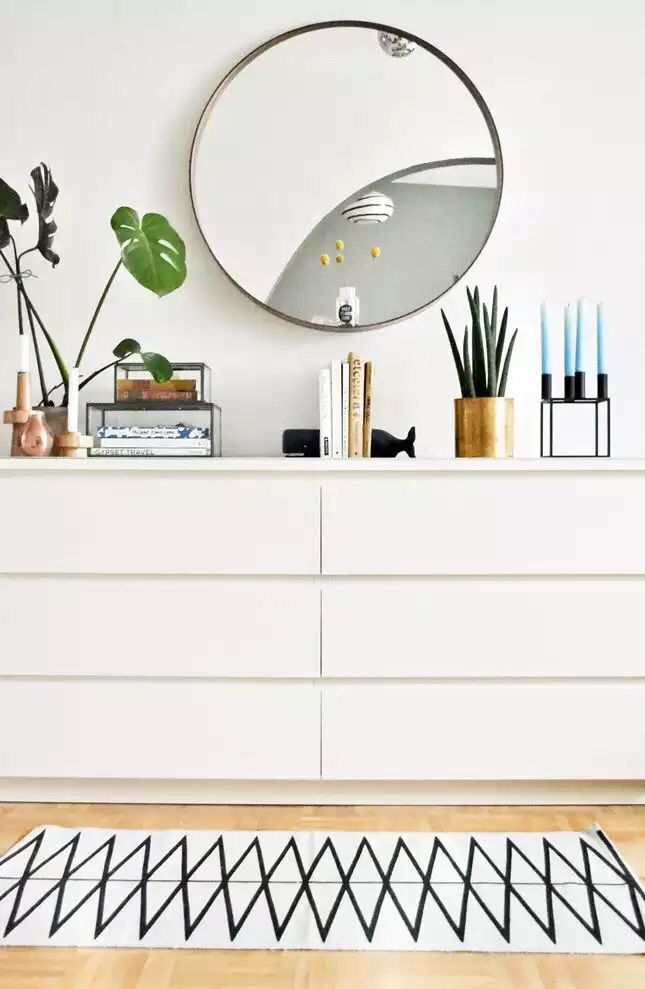 And since lining your ceiling with a striking color or bold print is such an unexpected choice, it’s a surefire way to make a statement.
And since lining your ceiling with a striking color or bold print is such an unexpected choice, it’s a surefire way to make a statement.
Proem Studio
Playing with color is one obvious way to add visual interest to your space, but playing with texture can be just as rewarding. “People often don't pay attention to combining different textures when decorating their home,” Paul Smith, interior designer and woodworker at Woodworker Magic, says.
Choosing one texture for your floors and another for your walls can make your furniture pop. And layering in textured accessories—like knit blankets, velvet pillows, and ceramic vases—can make your space even more dynamic.
Julian Porcino
Every space has its flaws: a column here, a sloped ceiling there, a hardwood floor that’s grown weathered with age. And our instinct is often to cover up these imperfections—but consider highlighting them, instead. “There is an old Finnish saying: ‘Emphasize what you cannot hide,’” Susanna M, industrial designer and game artist at Redecor, says.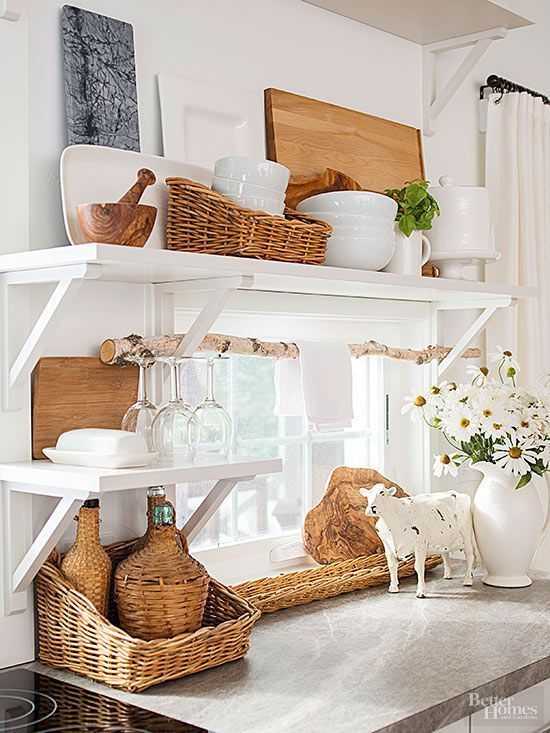
Tathienne Kader, interior designer and principal at Studio Neshama, agrees. “The space will tell you what it needs,” she says. “Many times we overlook architectural or design elements that define the space, but take a good look at what you’re working with—and use it.”
Tyler Karu
Don’t overlook the smallest details in your space. When upgraded, even teeny-tiny elements—like light switches and outlet covers—can transform the way your space looks and feels.
“You don’t need to make big changes to make a room look different,” Zoe Warren, design consultant at HomeHow, says. “Something as simple as changing up the light switches can make all the difference.” She recommends swapping your all-white options with something colorful, patterned, or textured.
Cathie Hong Interiors
If you haven’t been blessed with ample natural light, living in darkness isn’t your only option. There are a few clever tricks you can try to increase the amount of light streaming through your windows.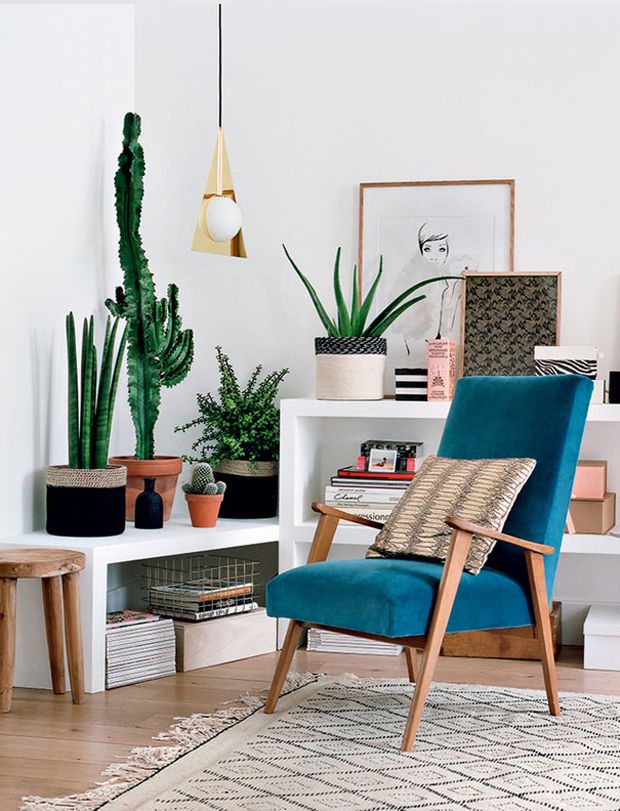
“It's useful looking outside and seeing if any trees and shrubs are covering your windows,” Petrie says. If there are, consider trimming them back—or replacing them with smaller options.
Another trick? “Give your windows a thorough clean,” he says. “You'll be surprised at how much of a difference it'll make!”
Design: Veneer Designs, Photo: Amy Bartlam
When hanging art, laying out your furniture, and displaying décor, be sure to play with height. Pair taller items with shorter items, and switch up the placement of wall décor.
“Nothing kills a beautiful design more than accessories that are all the same height from one side of a surface to the other,” Helwig says. When you mix in items that have different shapes, sizes, and especially height, you create interest, depth, and movement. It works every time.”
This is How High to Hang Pictures for the Perfect Gallery Wall
Design: Jenn Feldman Designs, Photo: Amy Bartlam
Snagging a matching furniture set can be an easy way to outfit your space.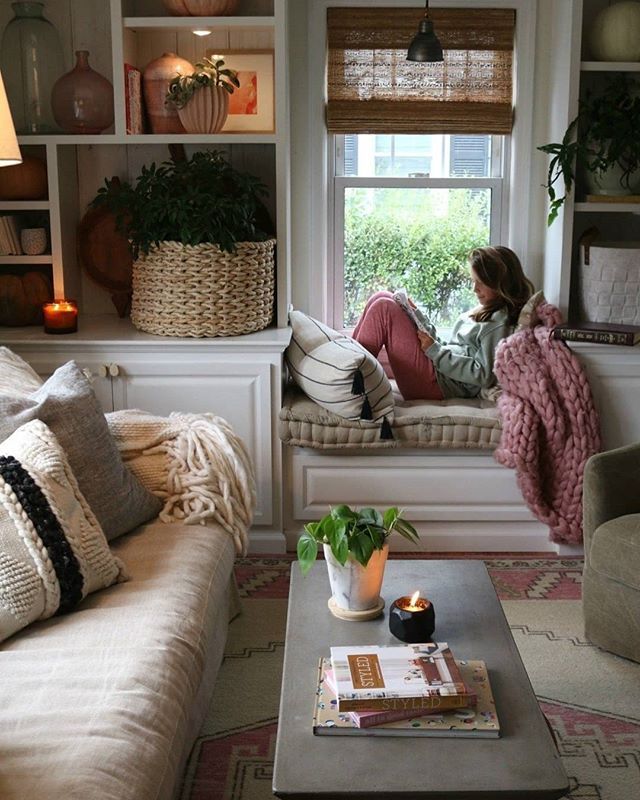 But if your goal is to craft a dynamic interior, consider pairing items that don’t match perfectly.
But if your goal is to craft a dynamic interior, consider pairing items that don’t match perfectly.
“People often get wrapped up in things matching and don't pay enough attention to a healthy contrast,” Caroline Brackett, owner and principal designer at Caroline Brackett Studio of Design, says. “A juxtaposition of materials, styles, textures, and even periods is important in every space. The extra thought and intention—and often, time spent—in making selections for a room are well worth it.”
And if you’ve already bought a matching furniture set, you still have options. “If you really love a set, bring in some complementary pieces that break up the monotony,” Marie Taylor, self-taught decorator at This Dear Casa, says.
Pure Salt Interiors
One great way to add personality to a space? Do something surprising.
“To make a room stand out, add one unexpected item that gives a pop of interest,” Erin Coren, interior designer at Curated Nest, says. “That can be done with adding one piece of furniture that is of a different style, an oversized light fixture, or a focal wall of wallpaper. ”
”
Calimia Home
The first thing anyone will see when stepping foot in your home? Your entryway. So spend some time and effort making that first impression count.
“When you walk in, the sights you see should be welcoming to you and your guest,” Joe Cangelosi, interior designer and owner of Joe Cangelosi Design, says. He recommends pairing a striking table with a bowl for your keys—and a mirror you can use to check yourself out before leaving the house.
“If you put a little thought into it, function and beauty can co-exist harmoniously in your home,” he adds.
Laura Brophy Interiors
When decorating, remember that you don’t need to outfit every single corner. “Negative space, or blank walls, are needed to rest the eyes and mind,” Pam Faulkner, interior redesigner and owner of Faulkner House Interior Redesign, says.
By embracing negative space, you can cut down on clutter—and draw more attention to the items you’ve put on display.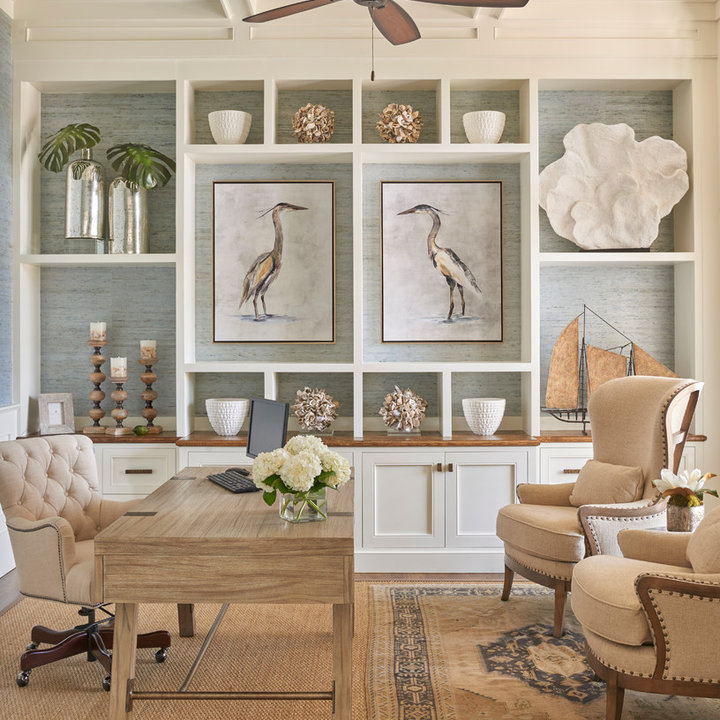
Ashley Montgomery Design
Your space should feel like it’s yours. So, instead of stocking up on new items, look for ways to incorporate items you already own.
“The best advice I give my clients is to incorporate things they currently have that they love into their space and their final design solution,” Kristin Bartone, interior designer and Creative Director at Bartone Interiors, says. “This could be family heirlooms, favorite accessories or art picked up from traveling, or other items that make the client smile.”
Jessica Davis, principal designer at JL Design, agrees. She recommends including at least one sentimental item in your décor scheme. “Decorate with at least one item that has meaning to you,” she says.
Design: Hive LA Home, Photo: Amy Bartlam
Mirrors make a natural addition to any room. But before you hang one, take a moment to consider what it will reflect. “Be aware of the reflection when you are hanging a mirror on the wall,” Faulkner says.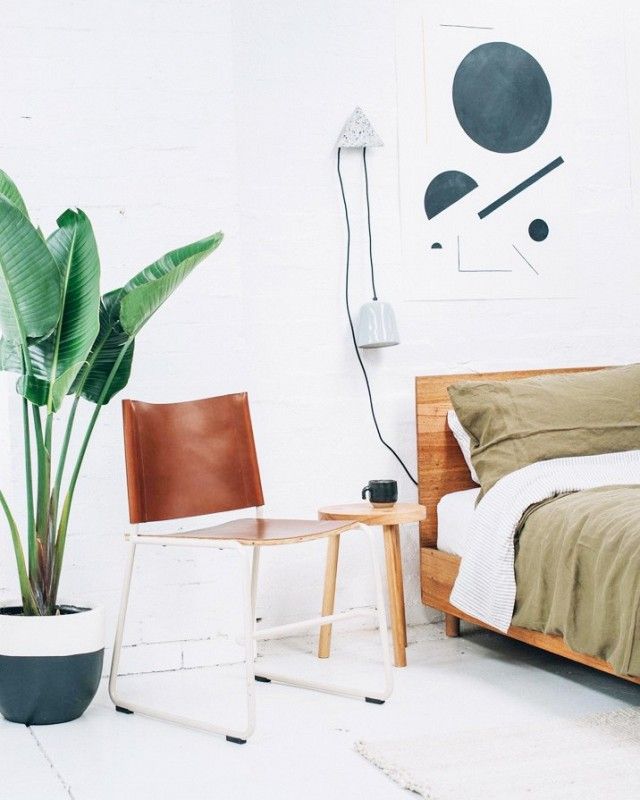 “Above the mantel, will it reflect a ceiling fan or a smoke alarm? In the family room, will it reflect the neighbor's basketball court?” She recommends standing in the exact spot you’d like to hang the mirror, and taking a look at what’s facing you.
“Above the mantel, will it reflect a ceiling fan or a smoke alarm? In the family room, will it reflect the neighbor's basketball court?” She recommends standing in the exact spot you’d like to hang the mirror, and taking a look at what’s facing you.
And remember, you can use this rule to your advantage, too. “Mirrors are a great way to reflect natural light around the room,” Petrie says. “If you place them on an adjacent wall to a window or glass door, it will trick the eye into thinking the room is bigger and bounce the natural light straight into the room.”
10 Feng Shui Rules for Mirrors, According to Experts
Devon Grace Interiors
Furniture can be tough (and expensive) to replace. But softer items—like pillows and blankets—are much easier to swap out.
“You can change a room entirely by just changing your soft furnishings,” Massimo Buster Minale, cofounder at Buster & Punch, says. "This décor statement is so transformative. You can quite literally change this around as the seasons change throughout the year without having to redecorate your entire home. ”
”
Ashley Montgomery Design
If you’re an avid collector of, well, anything, consider turning your collections into décor. “A collection of almost anything can add personality to a home,” Cortney and Robert Novogratz, interior designers at The Novogratz, say.
The designers recommend displaying everything from old sporting items and classic comic books to vintage quilts and vinyl records. As long as it’s yours and you love it, it should look great in your space.
Katie Hodges Design
Window treatments can make a dramatic difference in any room. And remember, you don’t have to stick to just one type.
“In your home, natural light can be enhanced by layering different window treatments,” Petrie says. Pairing a set of textured blinds with sheer curtains or thick drapes can be a great way to make your space more functional—and more dynamic.
Bespoke Only
Choosing a paint color can be tough—in large part because the same color can look very different at different times of day, or when different lights are turned on.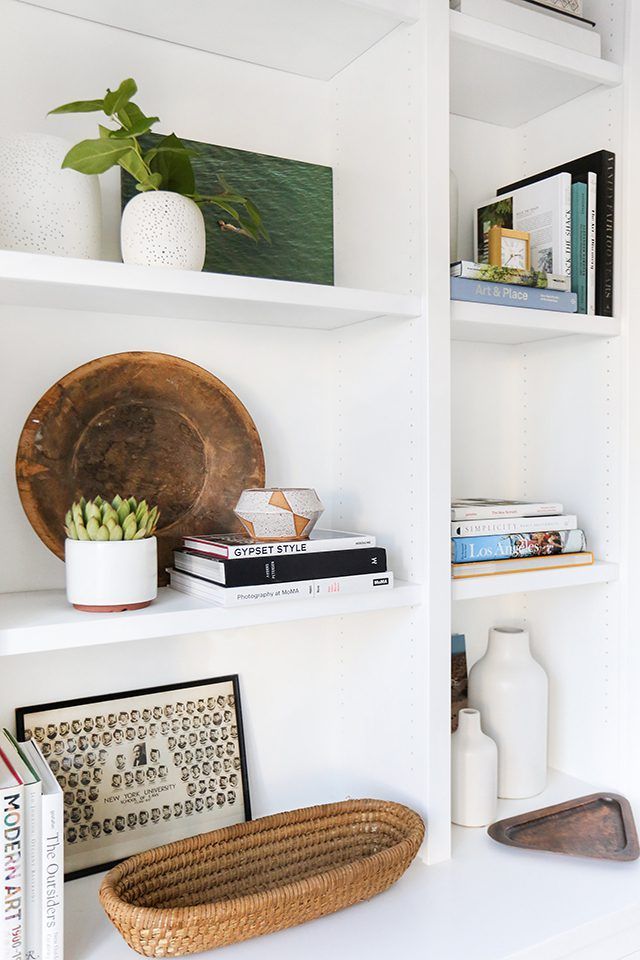 But Jennifer J. Morris, interior designer and principal at JMorris Design, has a clever trick that can help you feel more confident in your color choices.
But Jennifer J. Morris, interior designer and principal at JMorris Design, has a clever trick that can help you feel more confident in your color choices.
“I really encourage my clients to take their time, paint some foam boards, and move around the room throughout the day, if possible,” she says. “There are so many factors that affect our perception of a color—shadows, time of day, and time of year. Paint can have a huge impact on the space and your feelings. It’s worth taking your time on.”
Ferrer
When shopping for furniture, prioritize investment pieces—well-made items you’ll want for years to come.
“One of the best bits of interior design advice I have received was from my mother-in-law was: ‘Only buy something you plan to have for the next 10 to 20 years,’” Heather McKeown, founder of Land and Sky Designs, says. “Instead of buying trendy products that will get tossed in a few short months or years, invest in fewer pieces that make your heart sing.” And Brackett agrees: “Buy the best, and you only cry once.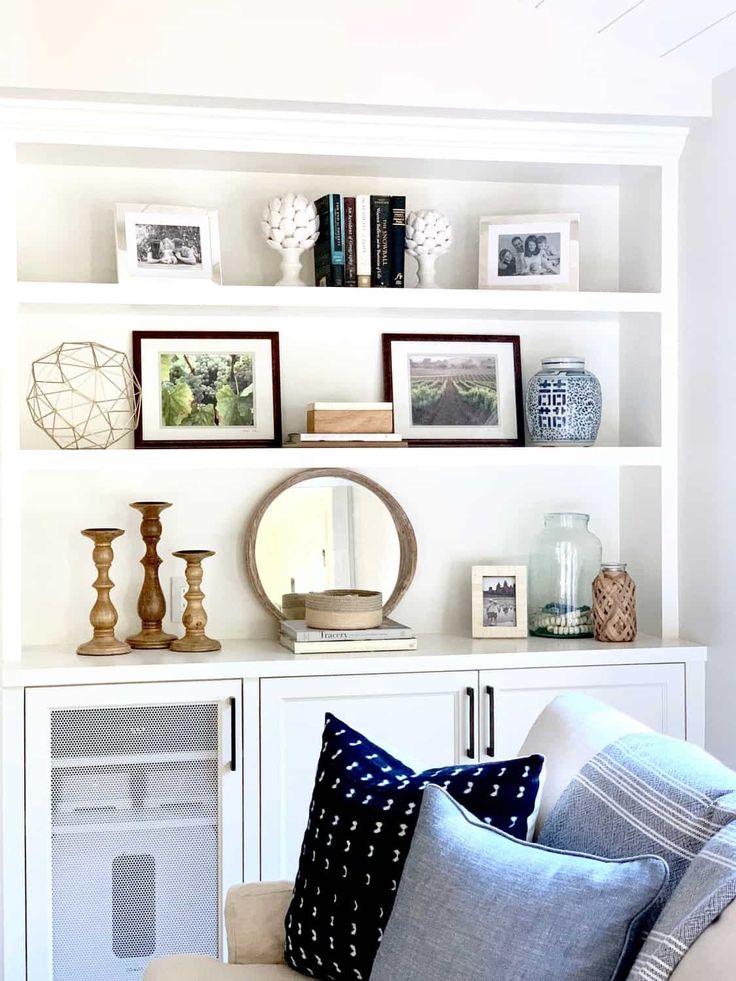 ”
”
Becca Interiors
When filling your space with décor, it can be helpful to decorate in threes. “When people have loads of pieces in their home that are scattered sporadically, the eye gets overwhelmed and doesn’t know where to look,” Burgmann says. She recommends grouping three items together and placing them at slightly different heights.
“When they are placed in groups of three, the eye is drawn to the highest piece and works its way down,” she says. “This way, you are actually showing off all of those beautiful pieces in your home, instead of letting the décor pieces compete with one another for attention.”
The Rule of Threes Just May Be the Secret to a Well-Designed Home
Tyler Karu
Your hallway may not be the first thing you think to decorate when outfitting your home, but it deserves just as much attention as the rest of your space.
“Hallways often get overlooked when decorating your home,” Petrie says. “Making your hallway more inviting will immediately change the mood of your home and make you feel happier the moment you step into it. ” Consider painting yours a fun color, hanging some bold art, or putting up some striking wallpaper.
” Consider painting yours a fun color, hanging some bold art, or putting up some striking wallpaper.
Post Company
When stocking up on lighting, consider how many fixtures you have and how bright those fixtures are. “The color temperature of your lighting is everything,” McKeown says. “To me, the quality of light that is emitted from a light source is more important than the design of the light fixture itself.”
Chiu agrees: “Having enough lights with the right color temperature can make a huge difference.”
Chiu recommends snagging cooler, brighter lights (around 3000 Kelvin) for your kitchen, and choosing warmer, softer lights (around 2700 Kelvin) for the cozier rooms in your home.
Mary Patton Design
One easy way to cut down on visual clutter? Make all the frames in your home the same color. “This small, but intentional choice is transformative, because it puts the emphasis on the subject matter, rather than the particular object displaying it,” Ying Reeves says.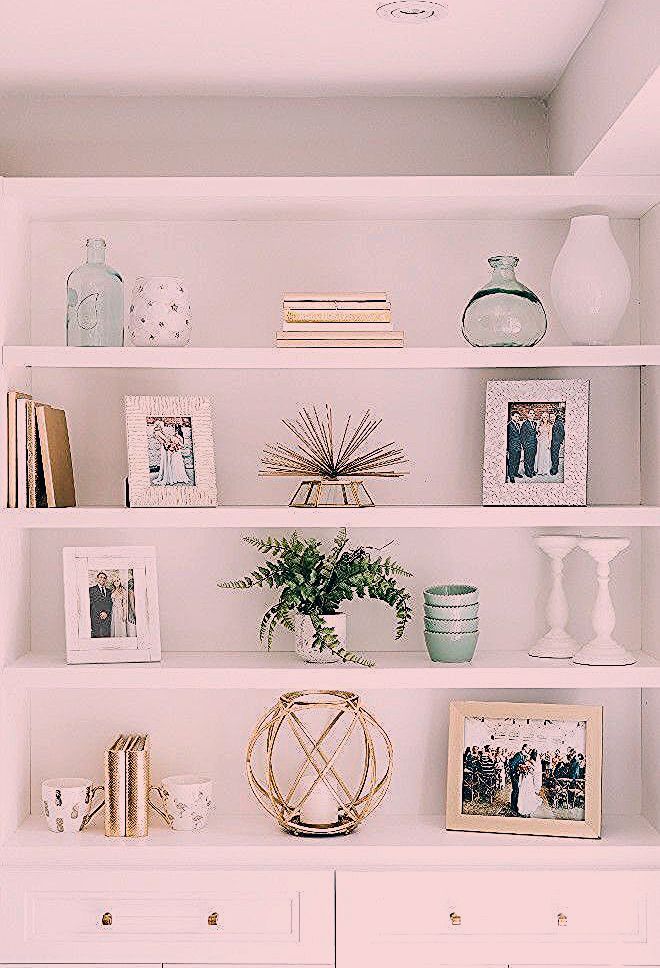 “There’s a reason why museums frame everything in white.”
“There’s a reason why museums frame everything in white.”
Of course, this doesn’t mean staying away from fun frames entirely. “Starting with a palette of monochromatic frames gives you a solid backdrop to build from and the flexibility to reshuffle things around,” she adds.
Erin Williamson Design
Rugs can do a lot for a room. “They ground the furniture, help with acoustics, and add texture,” Morris says. Even if you’re decorating a small space, it’s often worth buying a really big rug.
“Get the largest rug you can find,” Helwig says. “It sounds counterintuitive, but a small rug in a small space will always emphasize the size of the room.”
And Hantman agrees: “I find the larger the rug, the larger the room ultimately looks.”
Calimia Home
Any new statement-maker may take some getting used to. “Give new things a day to settle in,” Morris says. “Change can be hard, but it can also take a little time for a new and improved feature or piece to settle in. ”
”
Jessica Nelson Design
Looking for an easy way to transform your space? Invest in a few plants. "Every room needs to include at least one member of the plant kingdom," Bell says.
And if caring for plants isn’t your forte, remember that live plants aren’t your only option. Taylor recommends adding "fresh flowers, potted plants, branches—some nod to nature." That can mean a live plant, a dried one, or even a faux one.
Pure Salt Interiors
Enter any room of your home, and you’ll likely spot metal accents: doorknobs, drawer pulls, appliances, and more. And while matching these pieces can create a striking effect, mixing and matching them can look just as great.
“Please mix metals—in every room,” Witten says. “Yes, gold hardware goes with stainless appliances in the kitchen, and chrome lighting goes with gold fixtures in the bathroom.”
Studio Peake
Searching for a way to make your space look bigger, cozier, and more striking? Snag a set of drapes. “The use of drapery—for windows, doorways, and closets—is so transformative,” Kevin O'Gara, interior designer and owner of Kevin Francis Design, says. “The fabric is amazing at adding dimension to a room.”
“The use of drapery—for windows, doorways, and closets—is so transformative,” Kevin O'Gara, interior designer and owner of Kevin Francis Design, says. “The fabric is amazing at adding dimension to a room.”
And Missy Stewart, owner and principal designer at Missy Stewart Designs, agrees. “Window treatments deserve more attention than they get,” she says. “They can soften a room, create ambiance, and add height to a room when hung correctly.”
Erin Williamson Design
Vibrant paint and striking wallpaper are two great ways to make your walls stand out. But if going bold with all your walls sounds a little overwhelming, consider taking a risk on one wall and leaving the rest the way they are.
“Refresh a bare wall,” Sherry Hope-Kennedy, principal at Studio SHK, says. “A blank wall can make a room feel unfinished.”
Jessica Nelson Design
When shopping for storage solutions, consider both functionality and flexibility. Start by determining what you definitely need. “Clean out and downsize first,” Emilie Baltorinic-Navarro, interior designer at Living Spaces, says. “Don’t make the mistake of buying organizational tools, like baskets, clear boxes, and other containers, before you know what you need to store.”
“Clean out and downsize first,” Emilie Baltorinic-Navarro, interior designer at Living Spaces, says. “Don’t make the mistake of buying organizational tools, like baskets, clear boxes, and other containers, before you know what you need to store.”
Then, sprinkle in a few flexible options. (After all, your storage needs are bound to evolve over time.) “We all have clutter, so I love placing boxes on the coffee table, and an empty basket somewhere near the front door,” Bartone says. “These can both be used as a quick clean-up of any clutter that is left laying around when unexpected company arrives!”
Leclair Decor
One decorative accent that works in any home? Books. In addition to being an easy (and often, inexpensive) way to add some flair to your home, books can act as conversation starters and entertainment for your house guests. “Everyone loves flicking through someone’s coffee table books,” Burgmann says.
That said, you don’t want to go too wild.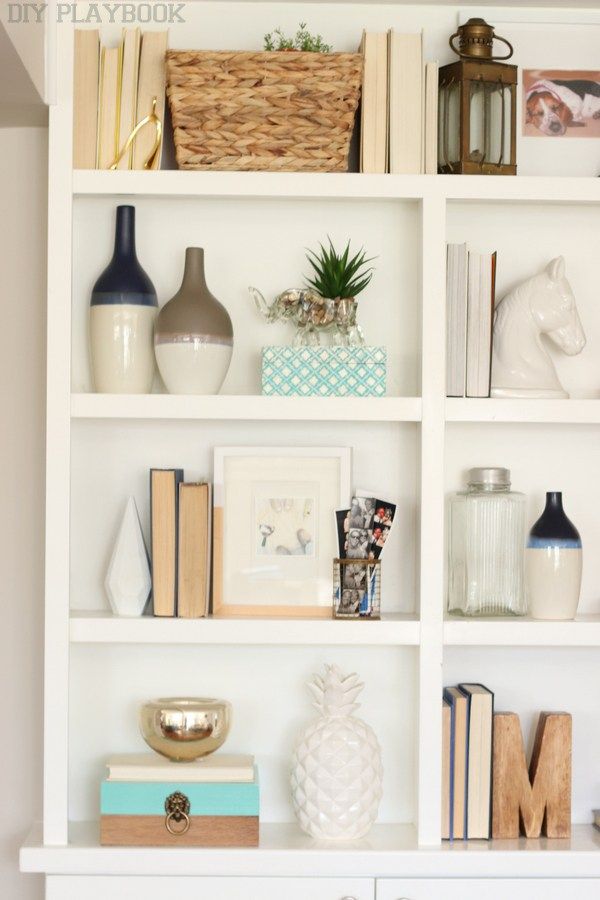 “Don’t stack more than four coffee table books high, or your coffee table will look cluttered,” she adds.
“Don’t stack more than four coffee table books high, or your coffee table will look cluttered,” she adds.
Studio Peake
No longer in love with your table lamps? Don’t swap them out just yet. “If you like the table lamps you have, but they aren't working with the look you are going for in the room, try a makeover,” Faulkner says. She recommends trading out your lampshades, painting the lamp bases new colors, or even wrapping the lamps with cord.
Design: Mindy Gayer, Photo: Vanessa Lentine
When you enter a room, some corners are more visible than others—ånd you can use this to your advantage.
“One of the most helpful things I share with my clients is a concept that I call blindspots,” Bell says. “Every room's blindspots will be the wall on which the door is placed, and whichever adjacent wall is closest to the doorway.”
Bell recommends using these “hidden” walls to store your least aesthetically pleasing décor—think: TVs, appliances, and other not-so-cute necessities.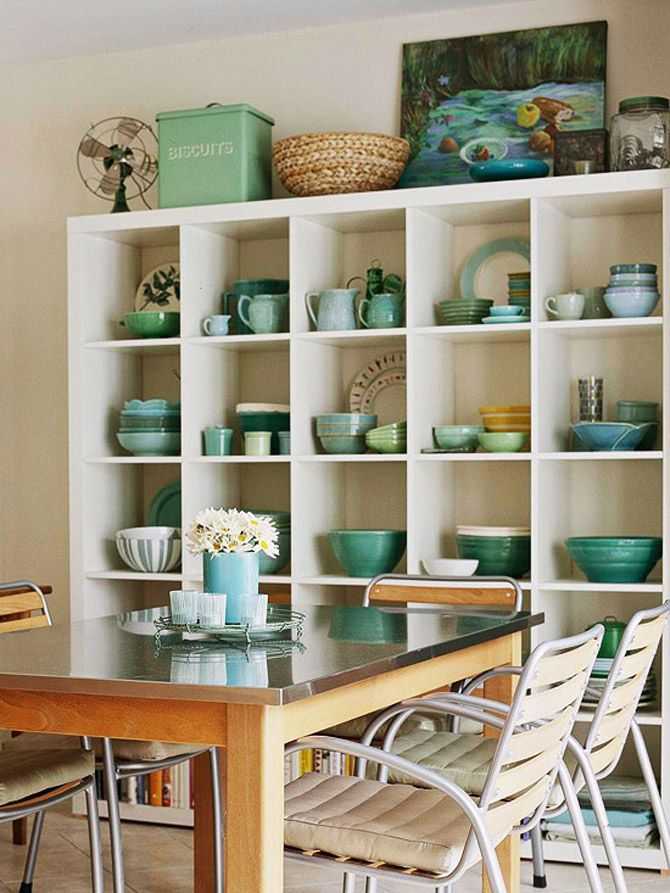
Leclair Decor
Finishing touches like hardware can bring your space together. So, don’t just stick with the default option.
"Hardware choices come toward the end of the design process, so it's easy to lose steam and pay less attention to the particulars," Elyse Moody, kitchen design expert at Designer Appliances, says. "But I'd encourage people to hang in there. You'll be so happy you did when you see the finished results."
Jenn Pablo Studio
Sometimes, your space doesn’t need a full-blown makeover—it just needs a quick refresh. “My best advice is to not throw away everything and start from scratch,” Josie Abate, founder and Design Director at Ambience Express, says. “You can update the look of a space by changing the wall color, accessories, and other inexpensive decorative touches.”
You can also rearrange your furniture, Baltorinic-Navarro says. Or you can shuffle the items on your bookcase, KD Reid, interior designer at KD Reid Interiors, suggests.
Katherine Carter
The moment your space starts feeling cluttered, take a step back—and stop decorating. Then, consider what you can remove from the room.
“This is not decorating advice, but I go by Coco Chanel’s famous quote: ‘Before you leave the house, look in the mirror and take one thing off,’” Rozit Arditi, founder and interior designer at Arditi Design, says. “When I am putting together a room, I look at everything we selected and take one thing off.”
Kendall Wilkinson Design
Ultimately, the space your decorating is for you. So, have fun, take a few risks, and trust your gut. “Don't be afraid to break the ‘rules' and do the thing that scares you the most," Brackett says. "It almost always ends up being your favorite part of the design."
And Burgmann agrees. “I meet clients who light up when they tell me an idea or vision they have for a space,” she says. “Then, I watch the spark in their eye slowly fade as they then continue with, ‘But this person doesn’t think it’ll look good.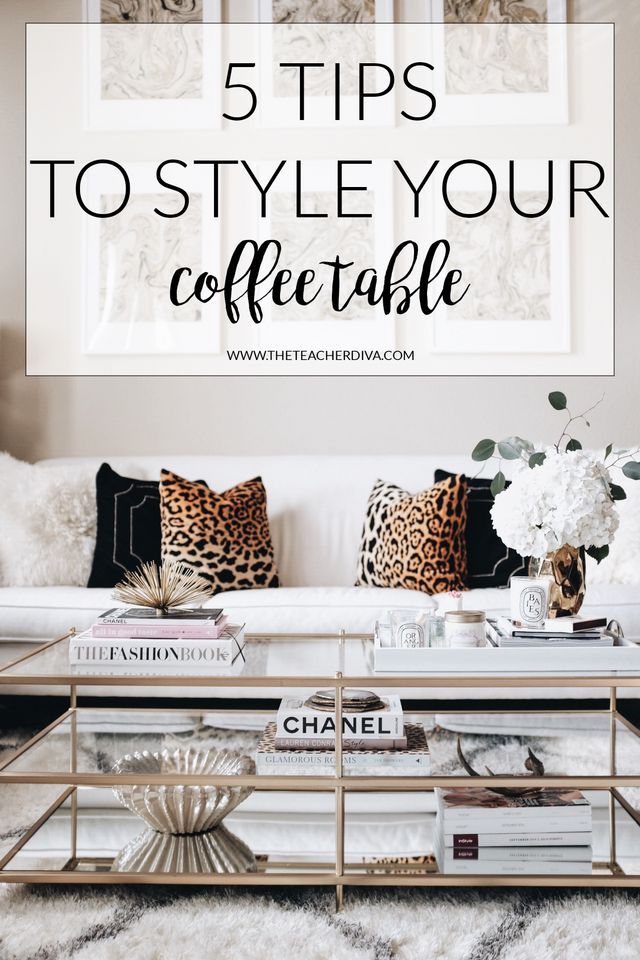 ’”
’”
Burgmann adds that “far too many people” end up with someone else’s vision for their space. “The space needs to be one you love,” she says. “That’s the most important thing.”
Katie Martinez Design
The best rooms balance function with form, so consider what you want your space to feel like in addition to what you want it to look like.
“If you can't function in a room, it doesn't matter how beautiful it is,” Coren says. “Consider how you currently use the space.” Think about what works—and what doesn’t work—and use that insight to determine where to make changes.
Katie Martinez Design
The best advice, which I always give my clients, is to just choose what you love—for everything,” Witten says. “In almost every case, the pieces you are drawn to will all work together beautifully, even if they represent different styles of origin.”
And virtually every designer we spoke to agrees. “Fill your home with things you truly love, and it will always be beautiful,” O'Gara says.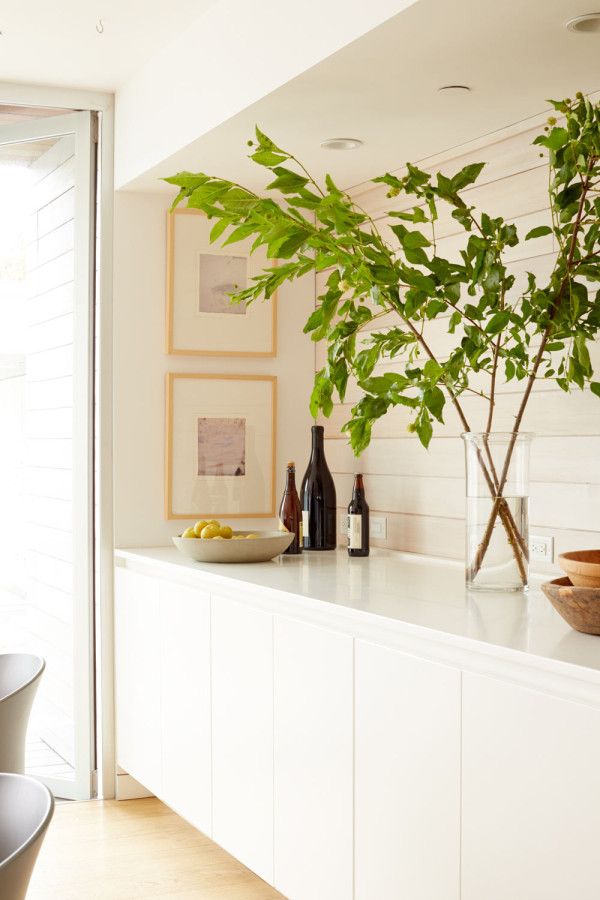
Bespoke Only
Remember that you don’t have to buy everything all at once. “Creating a space takes time, so leave room to have a space evolve,” Witten says. “You’ll want to layer in items as you find them.”
At times, this lesson may be frustrating. After all, you want your space to feel finished. But by breaking the decorating process into a series of smaller, simpler choices, you're more likely to end up with something great—and less likely to get overwhelmed.
10 Decorating Mistakes That Instantly Cheapen Your Home
10 useful tips for interior design — INMYROOM
Tips
Functional furniture and thoughtful lighting scenario will help to make the interior not only stylish, but also comfortable. And what else do designers advise us?
Are you on your way to the ideal interior? And for sure already decide what and how it will be. But a few helpful tips won't hurt you. In the post, we will tell you what to look for when choosing a color scheme, what furniture is worth investing in, and share the insights of the pros - in your piggy bank.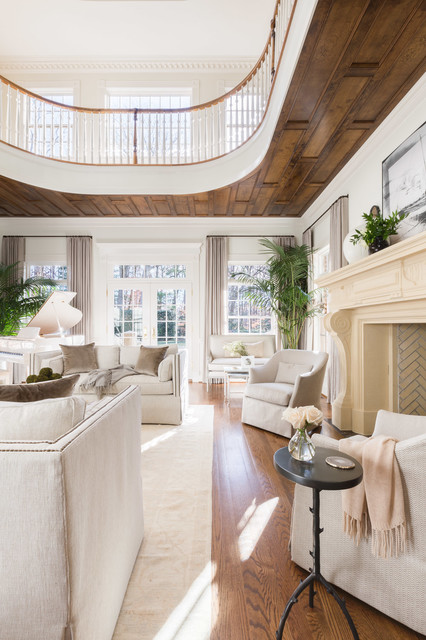 nine0003
nine0003
1. Draw inspiration from nature
Use forms and color combinations found in nature. The texture of wood and floral patterns will definitely not go out of fashion and will help to revive the interior. Another source of inspiration is the main color of 2017 according to the Pantone Institute - the life-affirming green Greenery, the color of fresh foliage. 111 cm0003
Height
78 cm 9000 Bet on works of art
Designers say that the interior should be individual. The desired effect will help to achieve a work of art. Pictures with philosophical overtones and black-and-white photos in the passport should find a place on the wall of the living room or bedroom. nine0003
3. Add more light
Many people think that painting a room white will make it brighter. It's a delusion. You can't do without a well-thought-out lighting scenario. A ceiling lamp, a table lamp, a floor lamp and a sconce are a mandatory minimum for your comfort.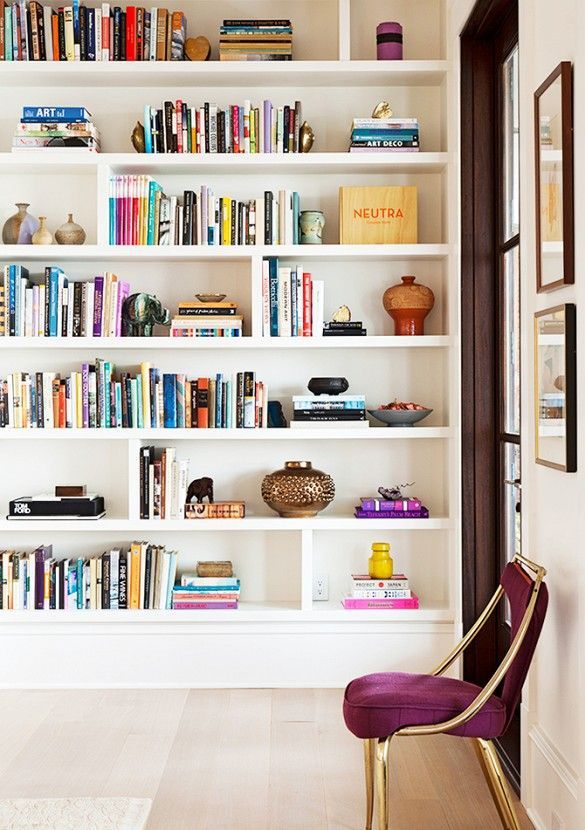 And to maximize the amount of light in the room, designers recommend using mirrors.
And to maximize the amount of light in the room, designers recommend using mirrors.
4. Invest in living room furniture
You can't do without a comfortable sofa in your living room, so choose practical and high-quality models: they will be responsible for your comfortable rest. But the sofa is not all that is worth spending money on. Invest in armchairs that are as comfortable as a sofa. And better - in design. It is not only pleasant to sit in them with a cup of coffee - chairs and armchairs can successfully diversify the interior. Choose original models. nine0003
5. Think about wallpaper
It is possible to renovate an apartment without cardinal changes and grand repairs. Designers suggest using bright wallpapers. Of course, you should not paste them over all the walls of the room. One accent will suffice. Not only you, but also your guests will like this reception.
6. Don't forget about functionality
According to the designers, the main goal in any interior is to create a functional space.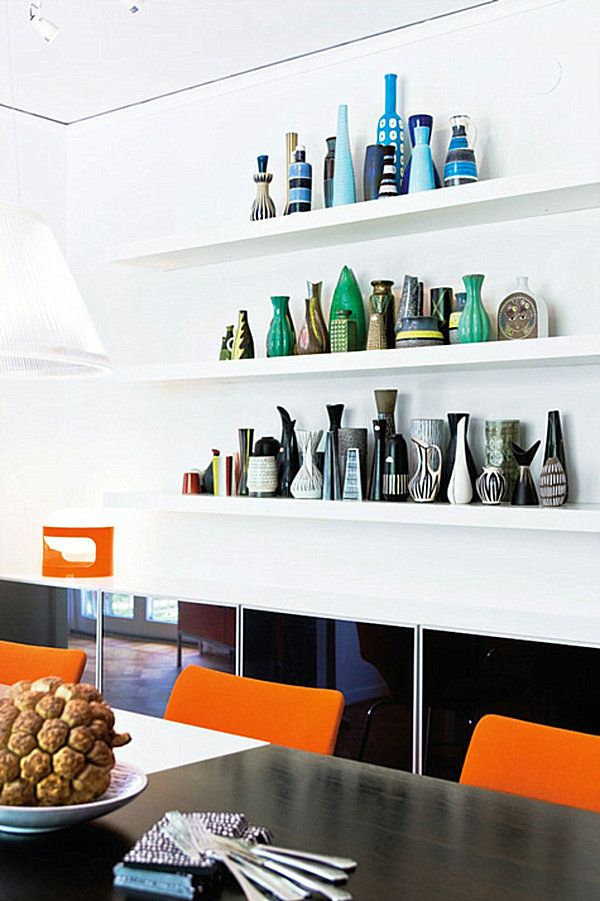 Therefore, let the dining table be sliding, and the sofa - with an extra bed. So you will be able to arrange a dinner party with friends even in a small apartment, and accommodate guests for the night. nine0003
Therefore, let the dining table be sliding, and the sofa - with an extra bed. So you will be able to arrange a dinner party with friends even in a small apartment, and accommodate guests for the night. nine0003
7. Don't use too many colors
It is undesirable to use many colors at once to design a small space – two or three will be quite enough. And small color accents (for example, vases, decorative pillows) and a game with textures will help to make the interior interesting.
8. Don't give up on black
Contrary to popular belief, black can, and sometimes even should, be used. According to the designers, small accents in black, be it curtain rods or picture frames, it will add contrast and volume to the space.
9. Use mirrors to help
Designers keep calling us to use mirrors in the interior to add more air, visually enlarge the space and bring a little drama to it. And if you place mirrors opposite pendant or table lamps, you again only win: fill the space with light and make the interior more interesting. nine0003
10. Forget the word "fashionable"
And remember that the interior should be decorated "for all time". Do not bet on fashion: it is changeable. It is better to pay attention to the techniques that designers have been using for more than one year. And if you wish, you can combine modern and antique things to make the interior look boring.
How to create a stylish interior: tips from the pros - Roomble.com
Design and Decor nine0003
2021-11-02T00:00:35+00:00 2021-11-02T00:20:27+00:00 How to create a stylish interior: pro tips 2021-11-02T00:00:35+00:00 Creating a stylish interior is not an easy task, but doable. We publish valuable tips from professional designers that will help make your home not only cozy, but also stylish. How to create a stylish interior: pro tips
Creating a stylish interior is not an easy task, but it can be done.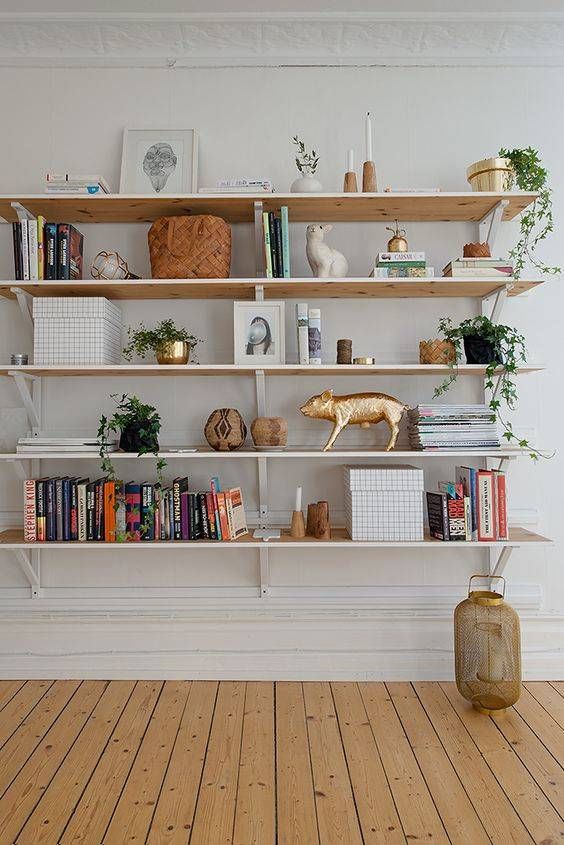 We publish valuable tips from professional designers that will help make your home not only cozy, but also stylish
We publish valuable tips from professional designers that will help make your home not only cozy, but also stylish
Every homeowner strives to ensure that the living space is not only as functional as possible, but also stylish. Often this desire can be expressed in words - to create an interior "from the cover." There are many universal tricks to accomplish what was conceived, which everyone can apply according to their capabilities.
Tatyana Kostryukova , a professional interior designer, shares her first valuable advice.
- When planning a new space, try to visualize the final result. Make a plan for the purchase of basic finishing materials. Having fixed your ideas and possible interior options, get down to business. nine0124
- Purchases of materials and furniture “by mood” are best avoided, because the main rule of a stylish interior is balance and identity, that is, the principle of unity.
- Feel free to use different materials, colors, textures - this will allow you to highlight each zone and make it special.
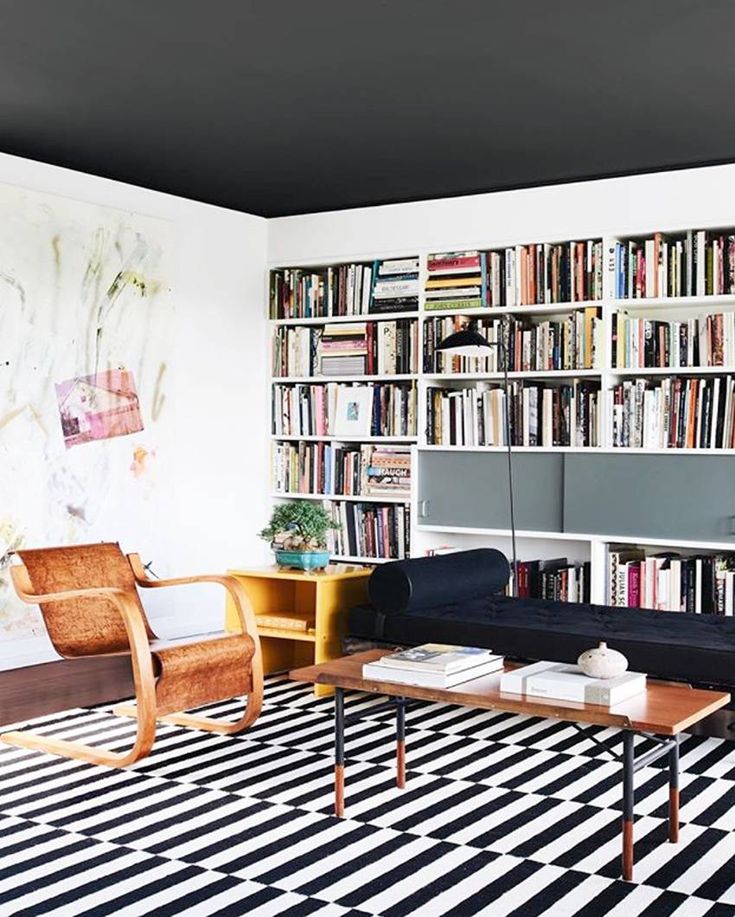
- With a discreet design of the walls and plain furniture, you can complement the interior with accessories and bright household appliances, which will certainly add mood and personality. A light beige sofa, on which pillows made of fabric with a pattern will appear, will acquire a new sound - feel free to use this technique, especially since you can choose fashionable fabrics for pillows and change them with the arrival of a new textile collection. nine0124
- A simple and common technique for a stylish interior is the use of mobile furniture, such as bedside tables, armchairs, chairs, consoles and various stands. Such items can be very bold and bright. These mobile items will not hurt your budget, but will help to give the interior originality. As for the textile design of windows, seasonality works well. In the warm and hot seasons, the interior will be lightened and refreshed by light and airy fabrics of cool, refreshing shades, and in the cold season, bright and hot colors of fabrics will please the eye.
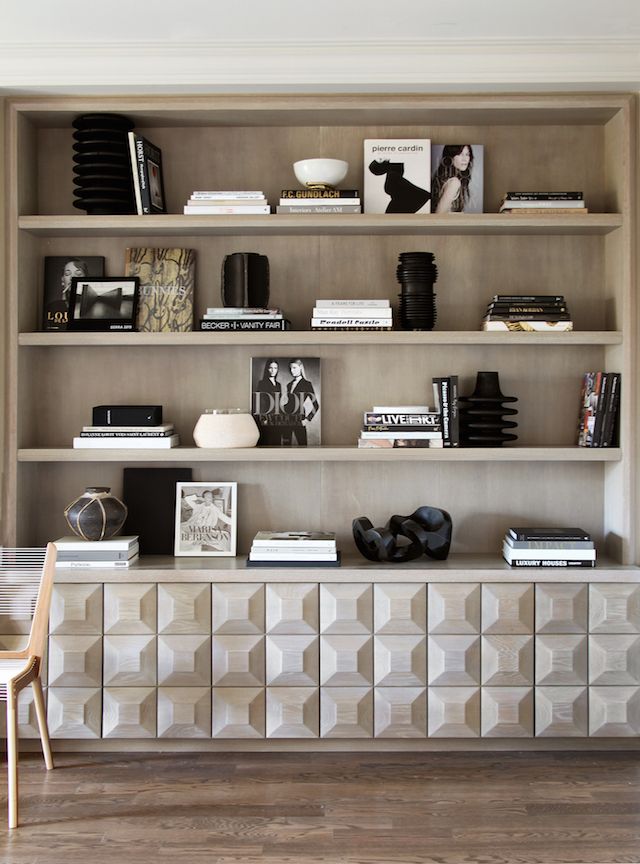 nine0124
nine0124
- The main thing in a stylish interior is accessories and decor, but there should not be too many beautiful objects, otherwise the room can turn into a museum. The eyes will quickly get tired, a lot of unnecessary items run the risk of becoming more of an irritant than a reason for joy.
- In order to make the interior look stylish, it is important not to forget about an important rule: the organization of order. The most logical option would be to arrange shelves, storage systems, sideboards, and so on. If the budget allows, it is better to make cabinets, shelves, storage systems to order, which will allow you to make the most of the allotted space and give you the opportunity to play around in choosing the color of furniture facades and textures. nine0124
- When decorating walls, use reproductions or originals of paintings, prints, posters and photographs, but do not forget that their design is important. Frames and baguettes will help to achieve order and symmetry in the design, for example, in a neutral room, a row of posters in the same frame will give it additional appeal.
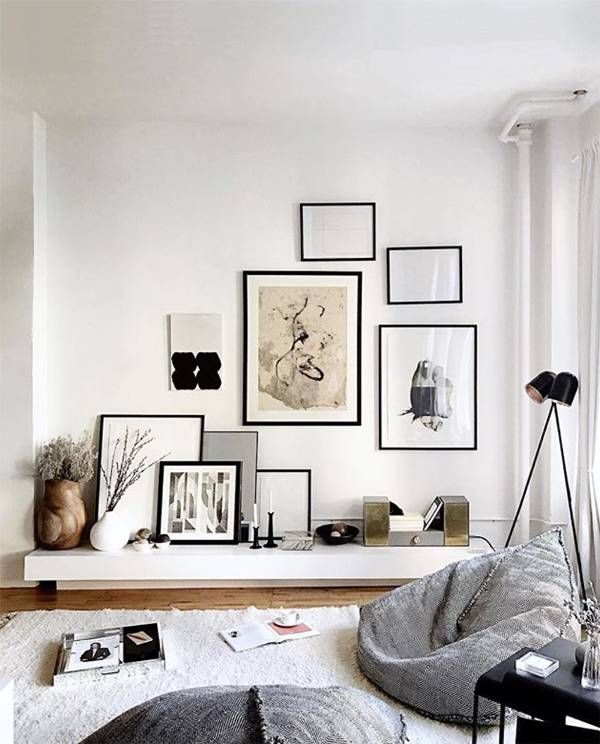
- Don't forget about lighting and use decorative lighting techniques for furniture and accessories. These can be lamps that create an unusual lighting effect, or those that in themselves look like a work of art. Glass, crystal, textile lampshades in the form of night lamps, wall lamps, floor lamps and table lamps will help you decorate the interior without requiring a lot of space. nine0124
- Even a modest room can be stylish. If you use several large objects in a small room, they will create the illusion that the room is a little larger than it really is.
- A stylish interior is always in balance and harmony, so when choosing design options and furniture, you need to find a relationship in texture or form. Pay attention to the color scheme of objects and the ratio of scale.
You can create a stylish interior on your own, so we asked the architect Ruslana Kirnichansky Tell us where you can find stylish furniture in Moscow.
Ruslan Kirnichansky, architect:
— There are a huge number of salons in Moscow where you should go for stylish interior items, but I recommend starting such a trip with the Eilchholtz showroom, because I always go there myself when I need to pick up accessories to fill the interior . This is a Dutch brand that follows the latest in fashion design, and you can always find something interesting from them. nine0003
The first time I contacted Eilchholtz was when I was decorating a TV project. There, in addition to the decor, I also chose a stylish floor lamp, which in shape resembles a tripod lighting for a movie theater. I regularly visit this apartment from the TV project and I know that this floor lamp has become the best element of the room.
The editors agree with Ruslan's opinion, as the showroom not only demonstrates a large selection of stylish decor and furniture, but also offers them at reasonable prices.
In order to make the interior stylish, sometimes it is enough to replace the sofa or install a couple of comfortable chairs that, in the company of a floor lamp, organize a place for communication, or fill the interior with decor, such as wall decorations and designer vases. nine0003
nine0003
Art Deco style never loses its relevance, it is an example of modest luxury and rationality in the design of space. A stylish interior is unthinkable without accessories and novelties, and the best place to choose them is the showroom, where designers create compositions from which you can draw useful ideas for your own interior. We are convinced that stylish things can be affordable, so we recommend the brand that, in our opinion, has the most reasonable price for furniture and accessories.
The editors addressed the head and founder of the interior design studio 1DESIGNPROJECT Olga Filippova, who shares useful tips on organizing a stylish interior.
- Listen to yourself. In one space, a feeling of comfort and peace arises, in another - concentration and composure, and in the third, activity wakes up in us. It is important to understand: what feelings do you want to experience in this interior?
- A stylish interior is an image and a scenario of life, so make it functional.
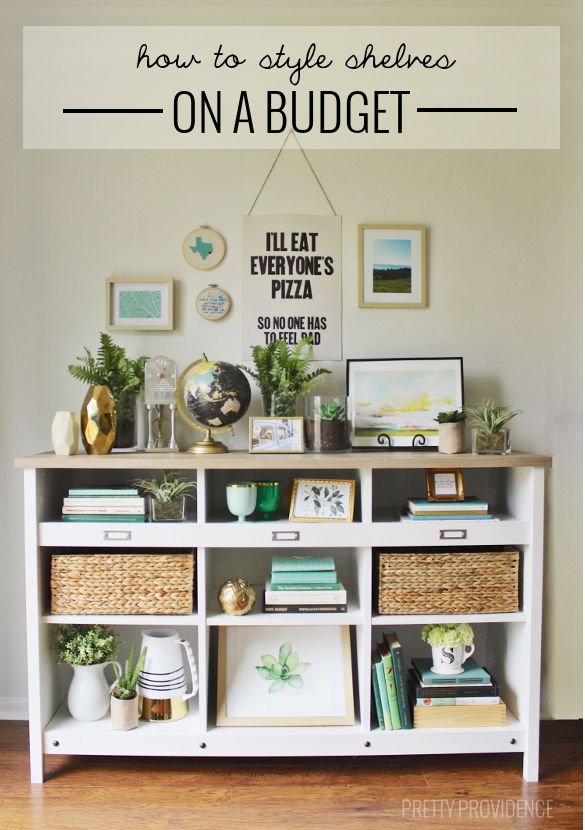 It is important to think over the purpose of each room so that in the future the bedroom does not turn into an office or dressing room, and the nursery does not resemble a toy warehouse. Style is first and foremost content. nine0124
It is important to think over the purpose of each room so that in the future the bedroom does not turn into an office or dressing room, and the nursery does not resemble a toy warehouse. Style is first and foremost content. nine0124
- Whatever your preference, don't overwhelm your space with the full range of interior styling features. What is good for a palace looks gaudy and pretentious in a small cottage. Style is quoting, so look at examples of decorating a room in a style that appeals to you.
- Fashion is fleeting, and if the indigo color is relevant today, then tomorrow it can be replaced by another color. Follow your inner perception and determine if you really like this bed and whether it fits into your picture of the world or just taken from the latest fashion magazine. The style is always original. nine0124
- Don't be afraid to combine different materials and textures. Natural wood and glossy paint can look more advantageous than the same wood and natural stone.

